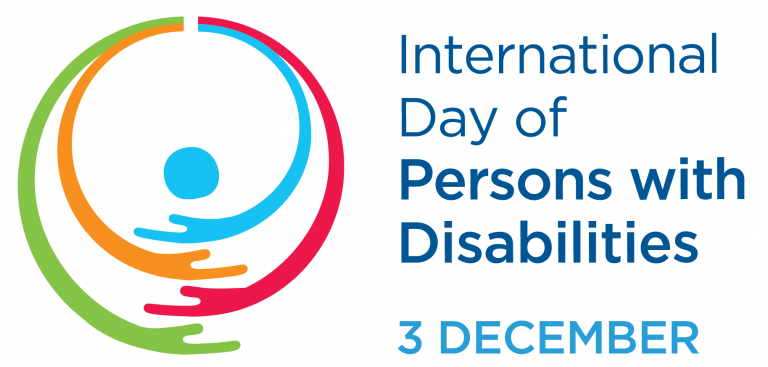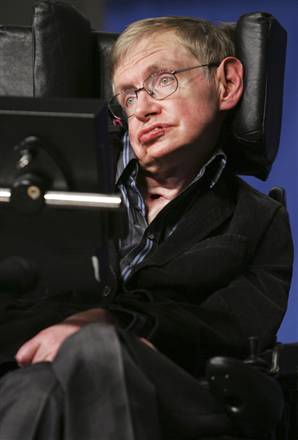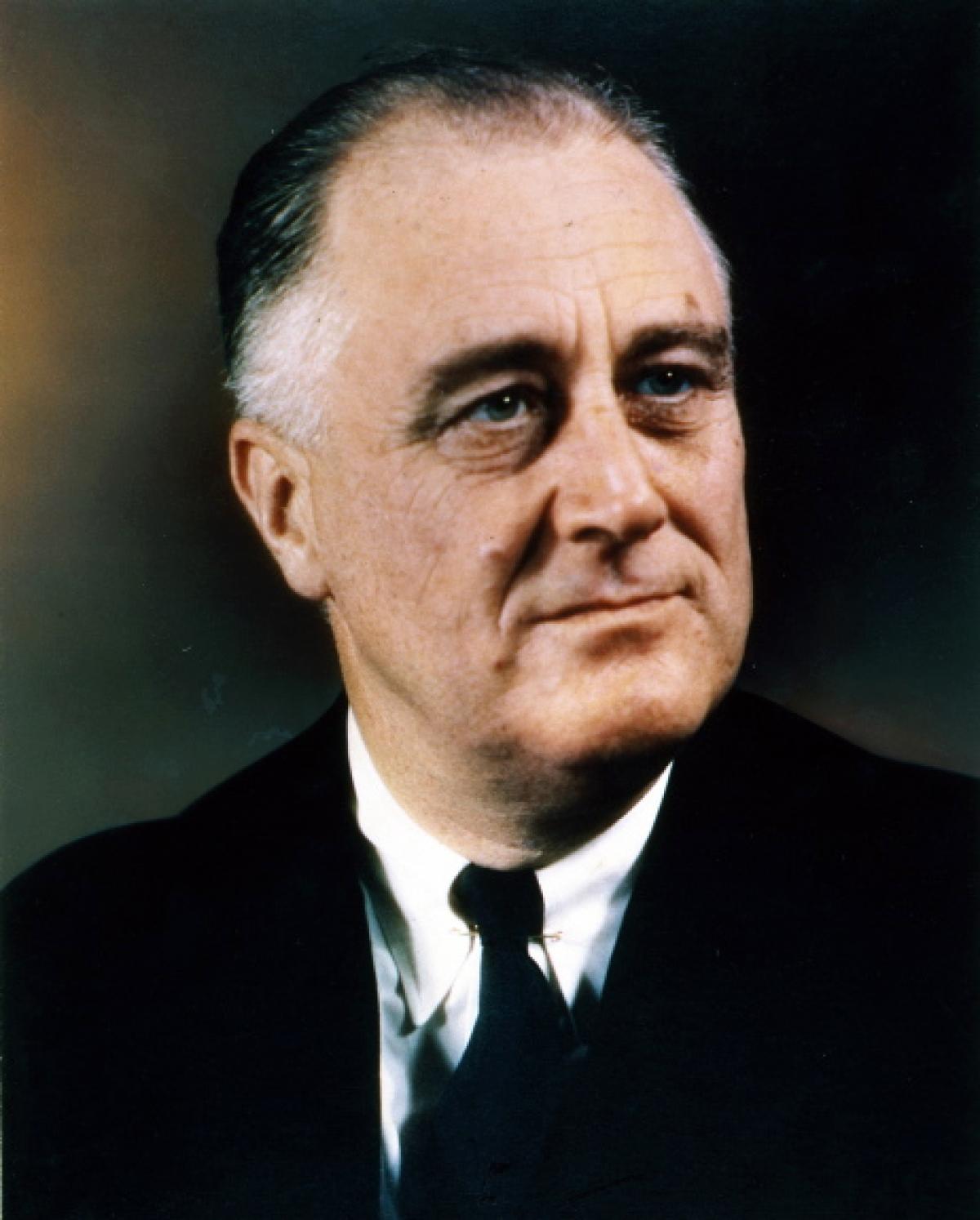
On December 3 this year, during the annual celebration of people with disabilities, the 2021 theme is ‘Fighting for rights in the post-COVID era.” This year, we are celebrating the challenges, barriers and opportunities for people who live with disabilities, in the context of a global pandemic. Since March 2020, every person on earth has been impacted by drastic political, social and economic change as a result of domestic and international responses to COVID-19.
This year, International Day of People with Disabilities should be used to recognise that people who live with disabilities are among the most affected populations amid the COVID pandemic. Where marginalisation, discrimination, vulnerability and exploitation are every day factors for many people, the increased risk of poor outcomes have been magnified with the reduced access to routine health care and rehabilitation services, more pronounced social isolation, poorly tailored public health messaging, inadequately constructed mental health services, and a lack of emergency preparedness for people with special needs.
We call on domestic and international public health officials, political representatives, advocates, supporters, and every citizen in every community, to learn from the experiences of people living with disabilities during this pandemic, and push for more meaningful investments into the socioeconomic building blocks which will reduce the barriers faced by people with disabilities in every community on earth.

According to the World Health Organization (WHO), 15% of the people in the world are affected by a disability. That means that over 1 billion people in the world are living with a form of disability, including 720 million adults and 93 million children.
"Everybody is likely to experience disability at some point in life," the WHO said.
This stark number shows how much of the world's population are experiencing difficulties in functioning, many of whom still do not have their basic needs met.
When people think of disabilities, they often think about those who use wheelchairs or other similar tools. However, many disabilities are not immediately apparent.
According to the International Day of People With Disabilities (IDPWD) organization in Australia, many people live with invisible disabilities such as mental illnesses, brain injuries and cognitive dysfunctions. Citing the WHO data, the organization noted that about 450 million people are living with a mental or neurological disorder, two-thirds of whom do not seek professional treatment because of stigma and discrimination.

World famous Physicist/mathematician and author of A Short History of the Universe Stephen Hawkings is considered as the greatest scientist of the twentieth century after Einstein. Hawking's big bang theory and black hole theory has turned the attention of the world. He is the Isaac Newton Professor of Mathematics of the University of Cambridge. Though he is now nearly paralyzed, he is teaching through a computer supported a machine by which his words are compiled. His physical illness could not make him stop form his research. His famous book is "A Brief History of Time".

Tanni Carys Davina Grey-Thompson OBE - to give her full name and title - is the disabled athlete that most people instantly recognise. Formerly Tanni Grey - the Thompson was added following her marriage in 1999 - she has competed in Paralympic Games since 1988, representing Britain at distances ranging from 100m to 800m. She has won fourteen paralympic medals including nine golds, and has broken over twenty world records. As a wheelchair athlete she was also the winner of five London marathons - in 1992, 1994, 1996, 1998 and 2001. In recent years, she has established herself as a TV presenter - including BBC TWO's From the Edge disability magazine programme.

In 1921, Franklin Roosevelt was a rising star in the Democratic party when polio struck him and left him with paralyzed legs. Determined that he would walk again so that he could resume his political career, he set himself a stiff regime of exercise. He never did achieve his goal of walking. But, urged by his wife and a close associate, he re-entered public life. At a time when disabled people were often sent to asylums, Roosevelt and his insistence on “good cheer” won the hearts of the voters, who elected him president not once but four times. Roosevelt led the country through the Great Depression and World War II, and never ceased to advocate for the disabled.
This list is non-exhaustive and they are just a few examples, there are many more who were disabled, but achieved their life goals. These people, didn't looked at their disabilities, they were determined to achieve their goals. They needed inspiration to achieve what they did in life, now we inspire from them to achieve our life goals. Their hard work and determination tells us that if you are determined and work hard, not thinking about the fruitful results, you'll get there, and will inspire the generations to come, that if they could do it, we would do it!